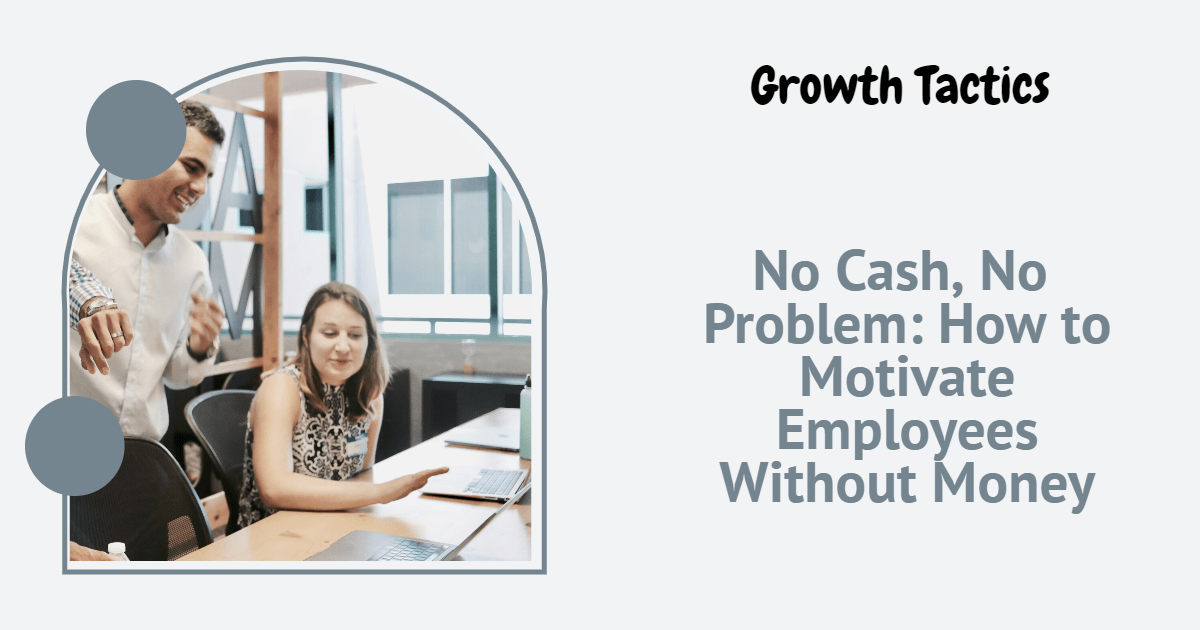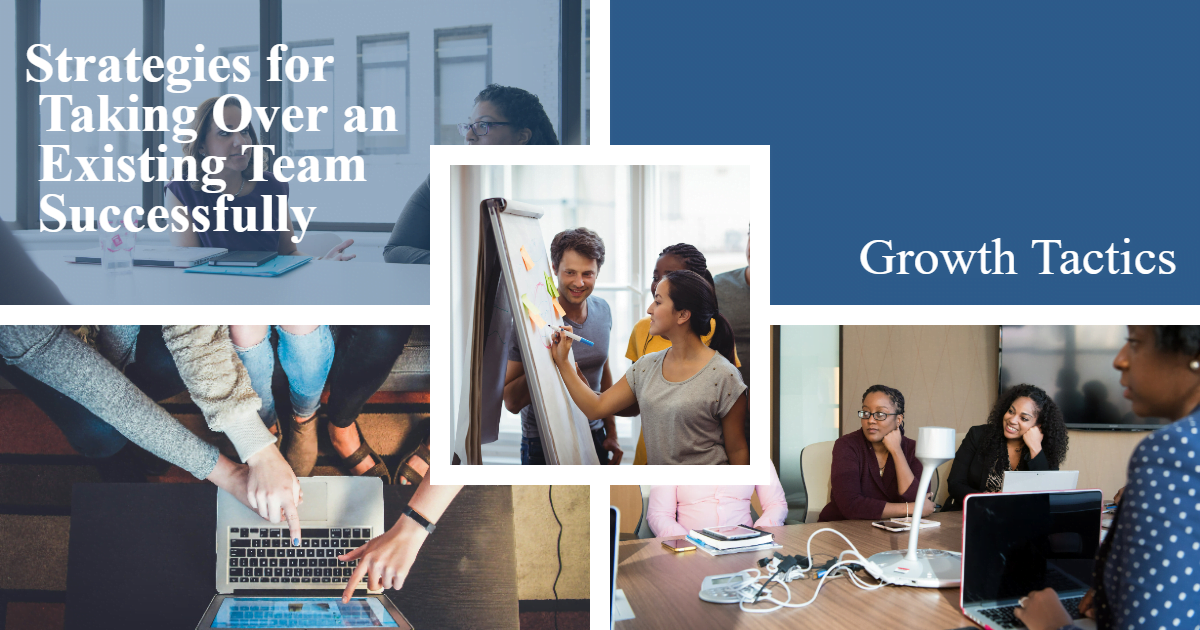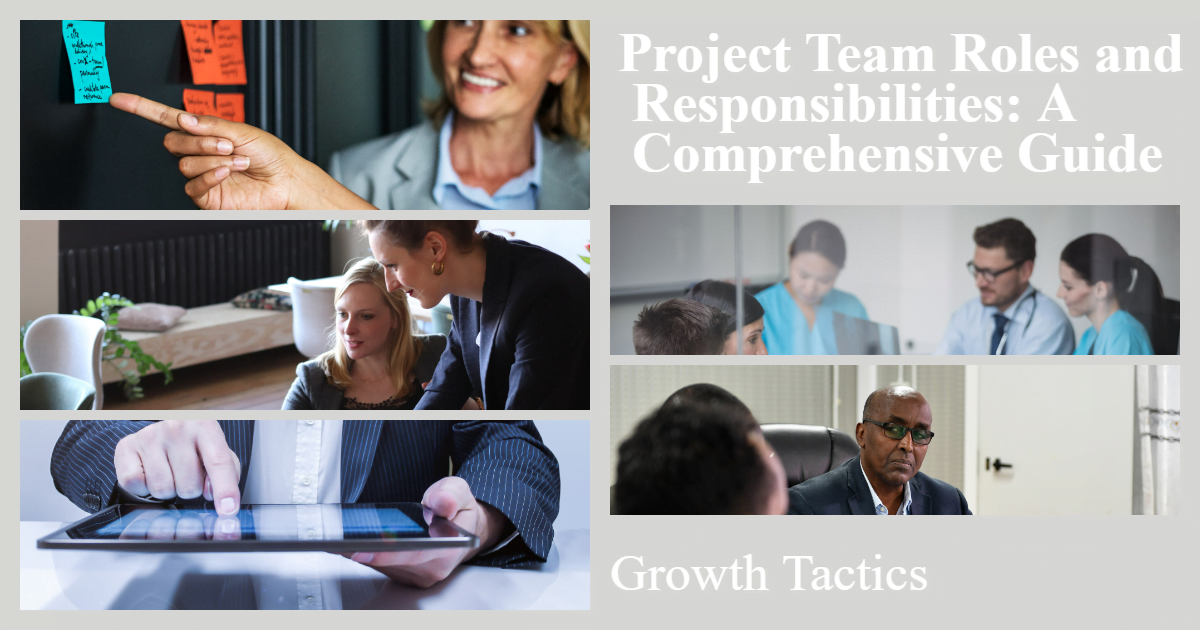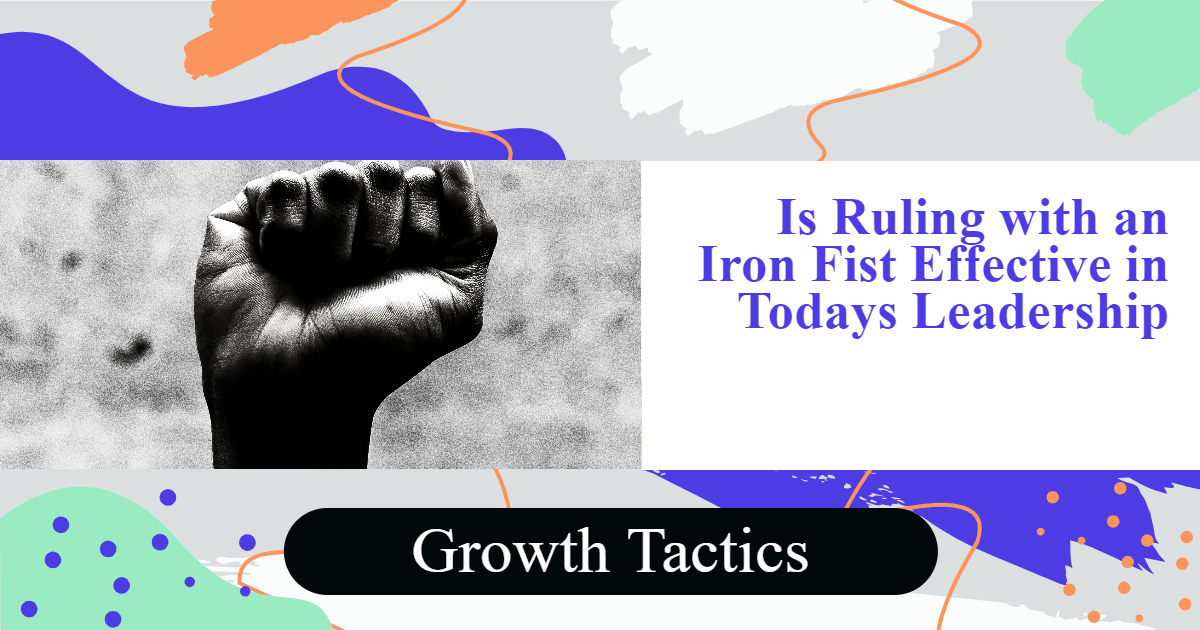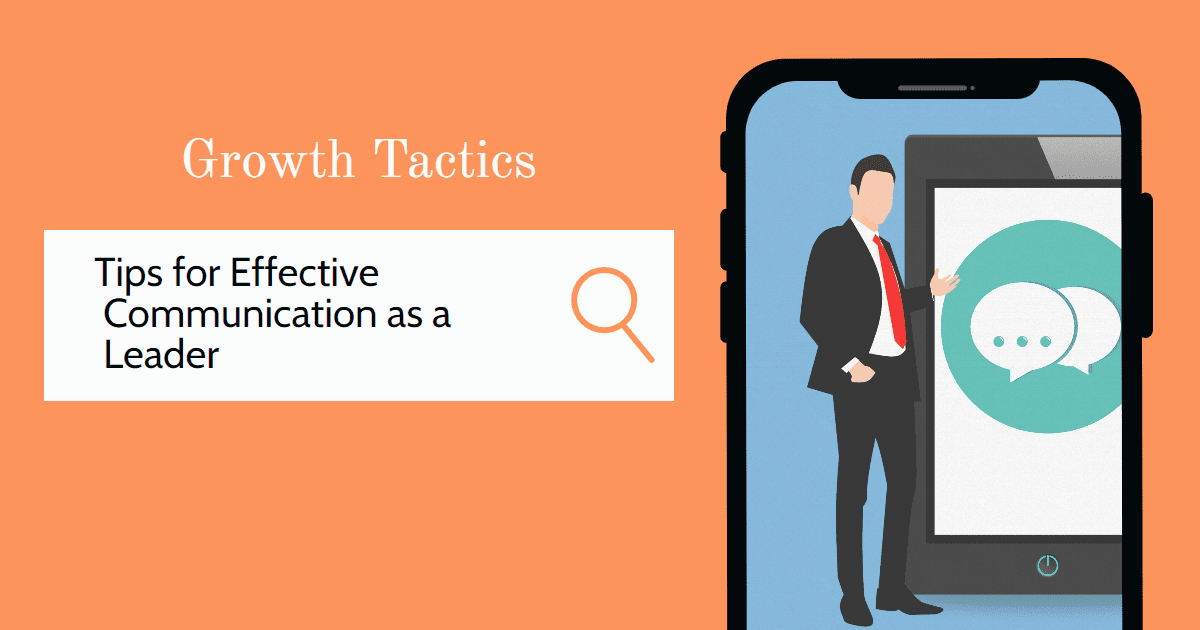7 Signs of a Bad Manager: How to Spot and Handle It
Navigating the workplace can be a challenging endeavor, especially under the stewardship of a less-than-stellar manager. The difference between a good and a bad manager can profoundly affect team morale, productivity, and overall job satisfaction. It’s important to recognize the signs of inadequate management to mitigate the negative impact it can have on your career … Read more


